The Most International Japanese Architect Recognised for His Work
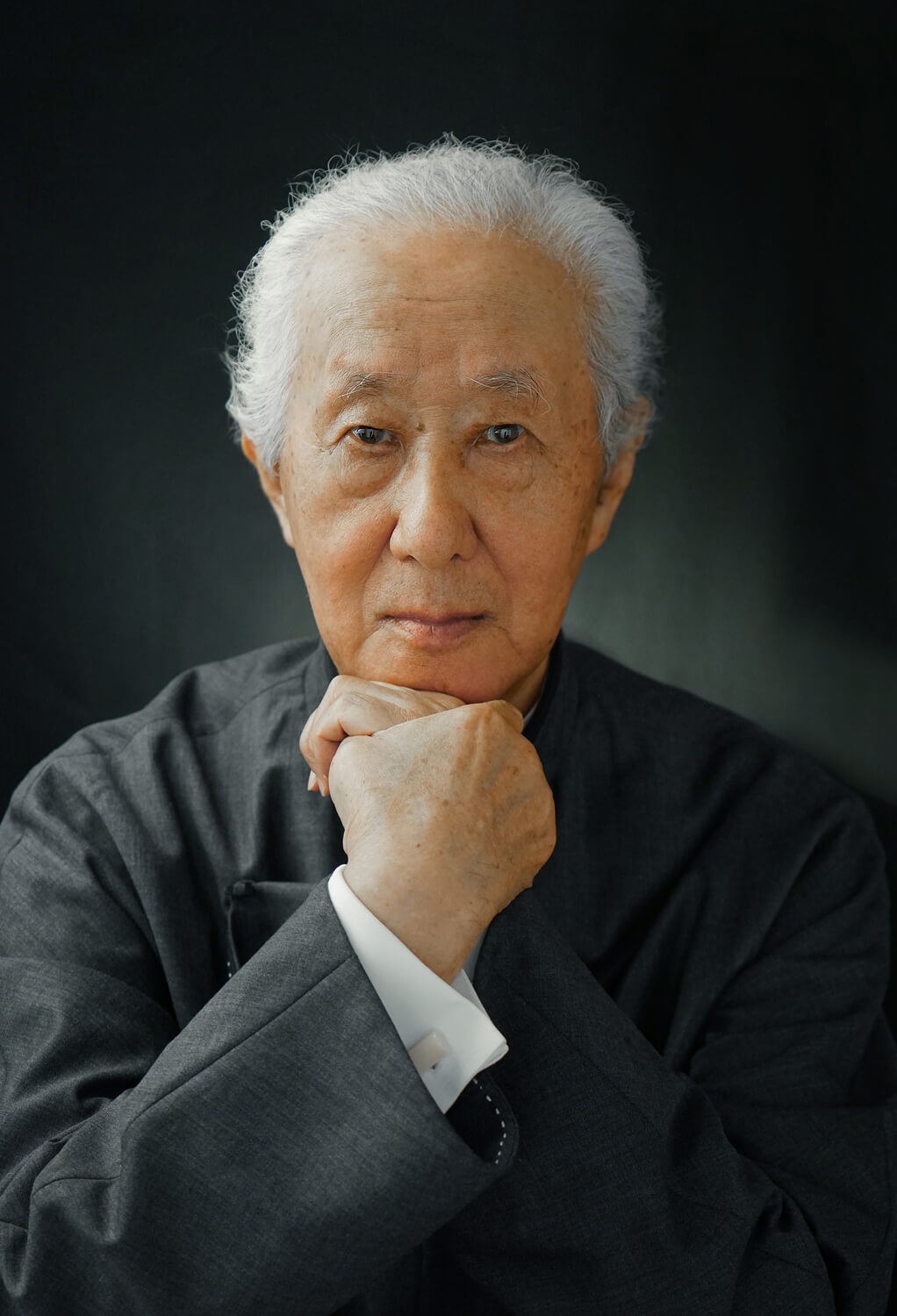
Courtesy of the Pritzker Architecture Prize.
We know him for his somewhat crazy creations, like the idea of a city suspended above Tokyo’s Shinjuku district, ‘City of Air’, designed in 1962. Now, Arata Isozaki has won the 2019 Pritzker Prize, architecture’s equivalent of a Nobel Prize. His imagination and awareness of the impermanence of things – he grew up close to Hiroshima, which was devastated by the atomic bomb – pushed him to continually develop his style.
Isozaki is also a keen traveller, and the first Japanese architect to mix western influences with Japanese style. One of his best-known works is the Palau Sant Jordi stadium in Barcelona, which he half-buried in order to showcase the surrounding hills and which has a curved shape that recalls Buddhist temples. More recently, he created Ark Nova with artist Anish Kapoor. The aim of this inflatable, mobile concert hall was to provide entertainment for the residents of regions affected by the 2011 tsunami, thus lightening hearts through architecture.
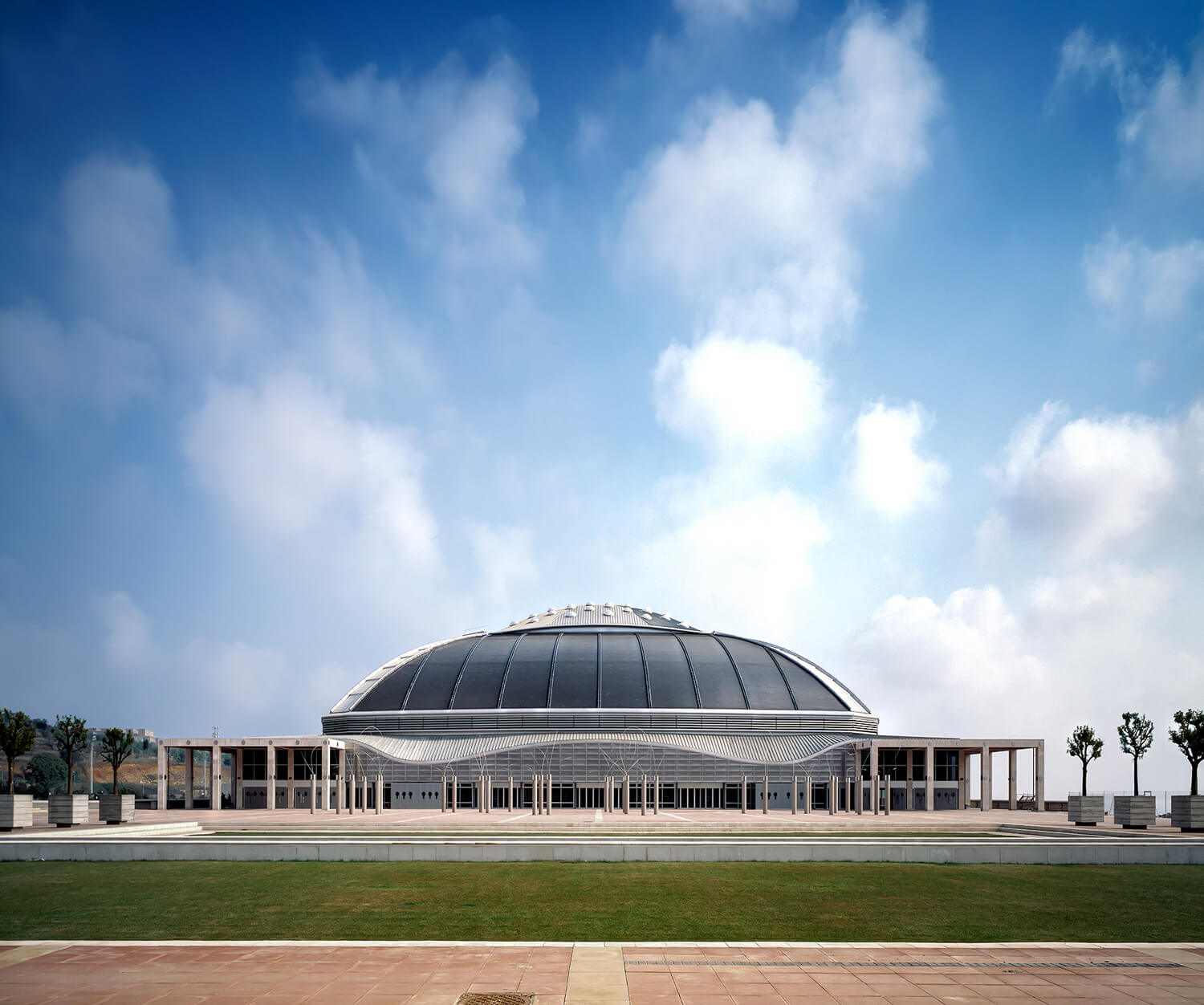
Palau Sant Jordi, 1983-1990, Barcelona, Spain. Photo courtesy of Hisao Suzuki. Courtesy of the Pritzker Architecture Prize.
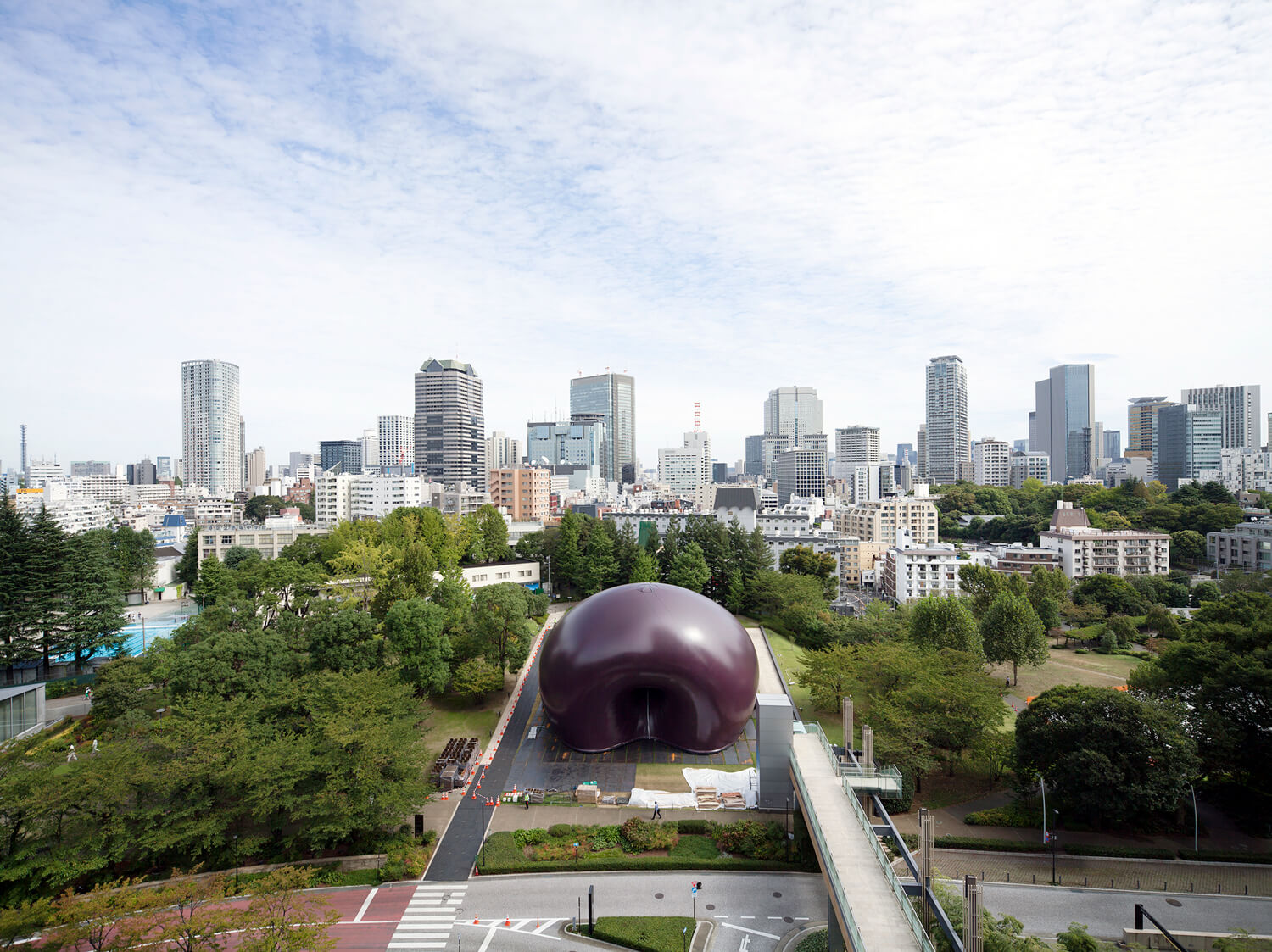
Tokyo. LUCERNE FESTIVAL ARK NOVA (designed by Anish Kapoor and Arata Isozaki), Miyagi (2011-2013, 2014), Japan, Fukushima (2015), Tokyo (2017). Courtesy of the Pritzker Architecture Prize.
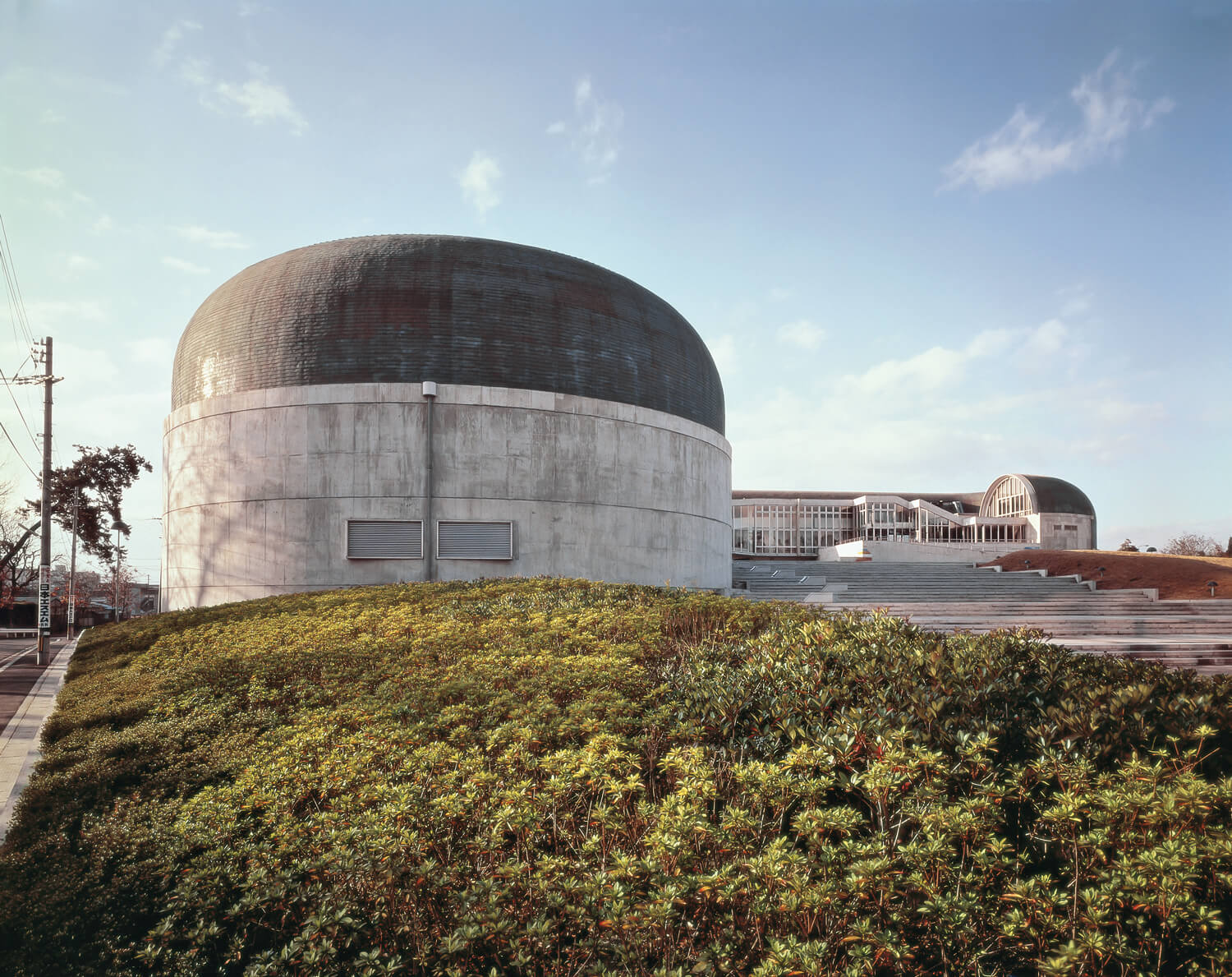
Kitakyushu Central Library, 1973-1974, Fukuoka, Japan. Photo courtesy of Yasuhiro Ishimoto. Courtesy of the Pritzker Architecture Prize.
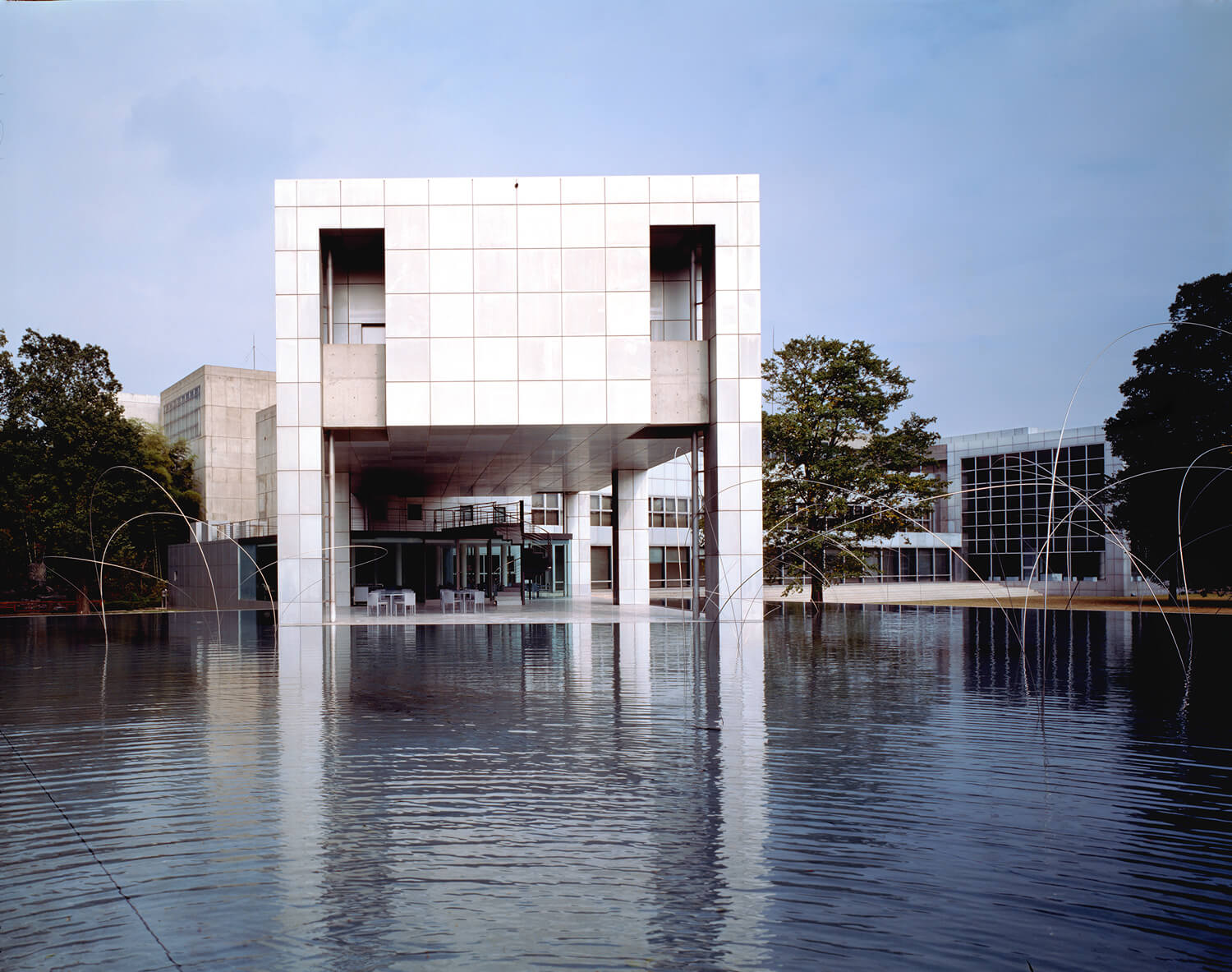
The Museum of Modern Art, 1971-1974, Gunma, Japan. Photo courtesy of Yasuhiro Ishimoto. Courtesy of the Pritzker Architecture Prize.
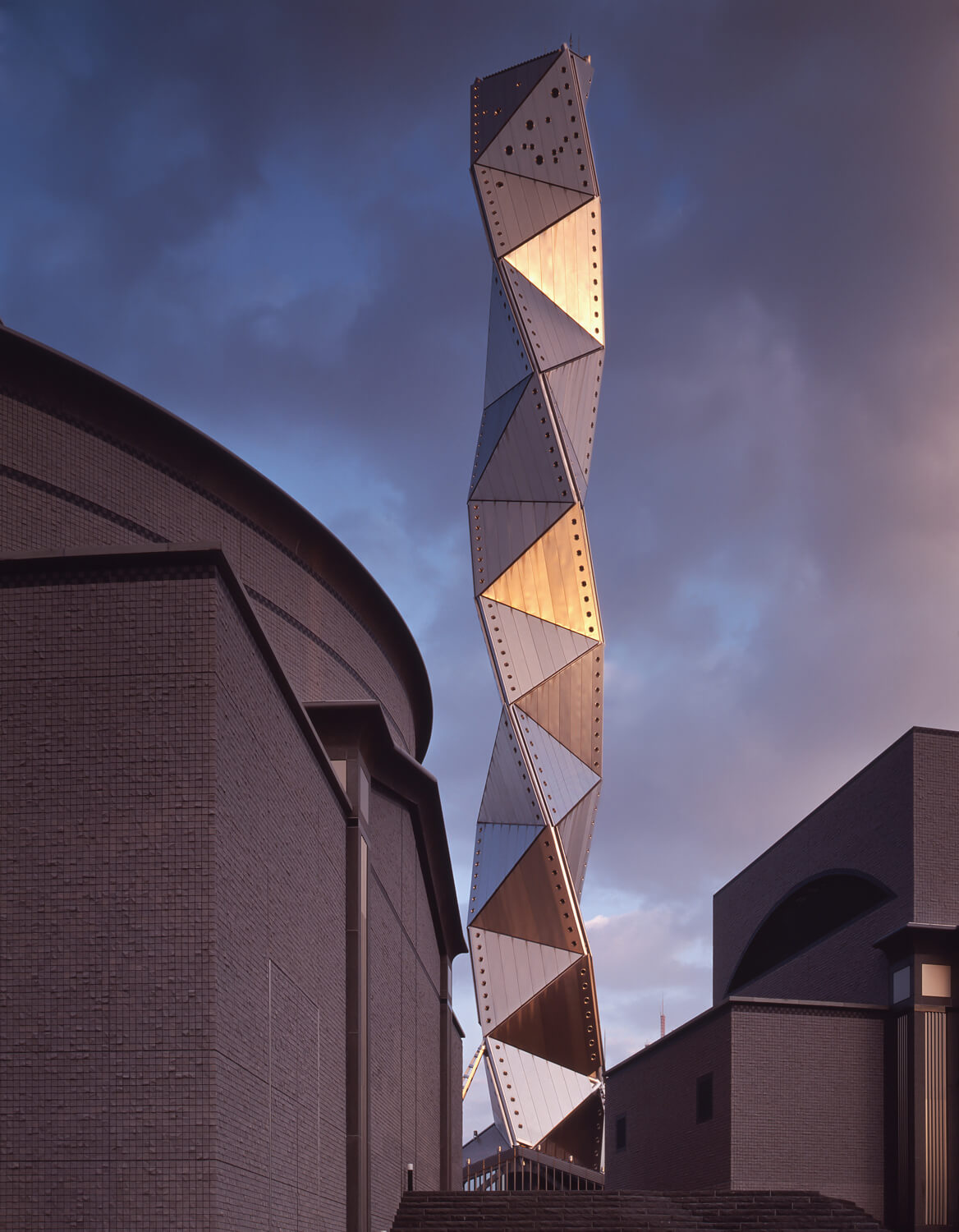
Art Tower Mito, 1986-1990, Ibaraki, Japan. Photo courtesy of Yasuhiro Ishimoto. Courtesy of the Pritzker Architecture Prize.
TRENDING
-
The Tattoos that Marked the Criminals of the Edo Period
Traditional tattoos were strong signifiers; murderers had head tattoos, while theft might result in an arm tattoo.

-
Paris, Tokyo: Robert Compagnon
With his co-chef and talented wife, Jessica Yang, Robert Compagnon opened one of the top new restaurants in Paris: Le Rigmarole.
 3:31
3:31 -
The Story of Sada Yacco, the Geisha who Bewitched Europe
Described by Dazed magazine as the first beauty influencer, she has been restored to her former glory since 2019.

-
Ito Jakuchu's Naturalist Paintings
From 15 September until 14 October 2018, the Petit Palais showcased the artist's iconic ‘Images of the Colourful Realm of Living Beings’.

-
Chiharu Shiota, Red Threads of the Soul
Last year, more than 660,000 people visited the retrospective 'Chiharu Shiota: The Soul Trembles' exhibit at the Mori Art Museum.





